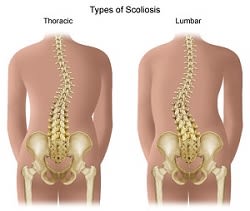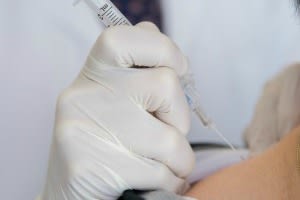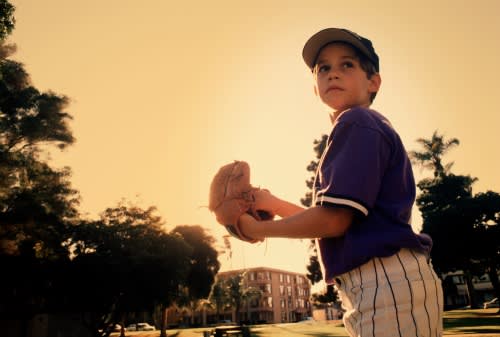What is the rotator cuff?
The shoulder is a ball and socket joint. The ball is the top of the arm bone (humerus) and the socket is the glenoid (part of the shoulder blade). Surrounding the ball and socket is a group of four muscles that become tendons, collectively referred to as the rotator cuff. The rotator cuff keeps the ball inside the socket and helps to lift and rotate the arm.What is a rotator cuff tear?
A rotator cuff tear occurs when the tendon detaches from the bone. A partial tear or an incomplete tear implies that only part of the tendon has torn away from the bone, while some of the tendon still remains attached. We often grade the tear by the percentage of tendon that has torn.A full thickness tear (or complete tear) occurs when the entire thickness of the tendon has torn from the bone where it attaches. With a full thickness tear, there is a hole in the tendon.
Why does the tendon tear?
There are two main causes for a rotator cuff tear: traumatic and degenerative.A traumatic tendon tear occurs after an injury, such as falling onto the outstretched arm or lifting something heavy.
A degenerative tendon tear occurs slowly over time. As we age, the tendon degenerates and thins and eventually completely tears away from the bone. The blood supply to the tendons becomes less robust over time, and bone spurs or bony over-growths develop that may compromise the integrity of the tendon. Repetitive shoulder motions such as during athletic activity (ie: tennis) continually stress the rotator cuff and can cause a tear.
What are some risk factors for developing a rotator cuff tear?
Older age (typically over the age of 40), repetitive lifting especially overhead (ie: manual laborers), repetitive shoulder activity in upper extremity athletes (ie: boxers), nicotine use, genetic predispositionSome recent studies suggest that elevated blood lipids can predispose one to a rotator cuff tear too.
What are the symptoms of rotator cuff pathology?
- Pain and weakness when lifting the arm away from the body
- Shoulder pain at night especially when lying on the affected shoulder
- Very infrequently will a rotator cuff tear cause pain below the level of the elbow
I have a rotator cuff tear: Now what?
Several factors determine the best course of treatment after sustaining a rotator cuff tear. The orthopaedist considers the size and acuity severity of the tear, the quality of the associated surrounding muscles, the patient's age, health, and activity level, just to name a few factors.In general, non-operative treatment options are attempted for a few months, with the goal being to decrease pain and improve function.
- Activity modification and shoulder rest: Avoid repetitive shoulder activities and heavy lifting. Avoid activities that cause pain.
- Physical Therapy: Specific exercises are prescribed and performed with a therapist to regain any lost shoulder motion and to improve shoulder strength. The goal of physical therapy is to strengthen the intact tendons to compensate for the torn tendon(s). Once the rotator cuff tendon is torn, the only way to heal the tendon back to bone is with surgery.
- Medication: A class of anti-inflammatory medications (NSAID - non-steroidal anti-inflammatory drugs) is frequently used to decrease pain and decrease inflammation in the shoulder. Ibuprofen, Motrin, and Naproxen are examples of NSAIDs.
- Cortisone injections: These injections are composed of a steroid (cortisone) and a local anesthetic (ie: such as lidocaine) and are performed in the office. The goal of the injection is to decrease pain and inflammation.
When a course of nonoperative treatment fails to relieve pain and improve function, surgery may be recommended indicated.
The goal of surgery is to reattach the torn tendon(s) to the insertion site on bone. The operation is frequently performed arthroscopically by making a few small incisions around the shoulder and using a camera and small instruments to fix the tendon. Recovery involves wearing a sling for a few weeks after surgery and going to physical therapy to regain shoulder motion and strength. More to come on this surgical option in future blogs!






















